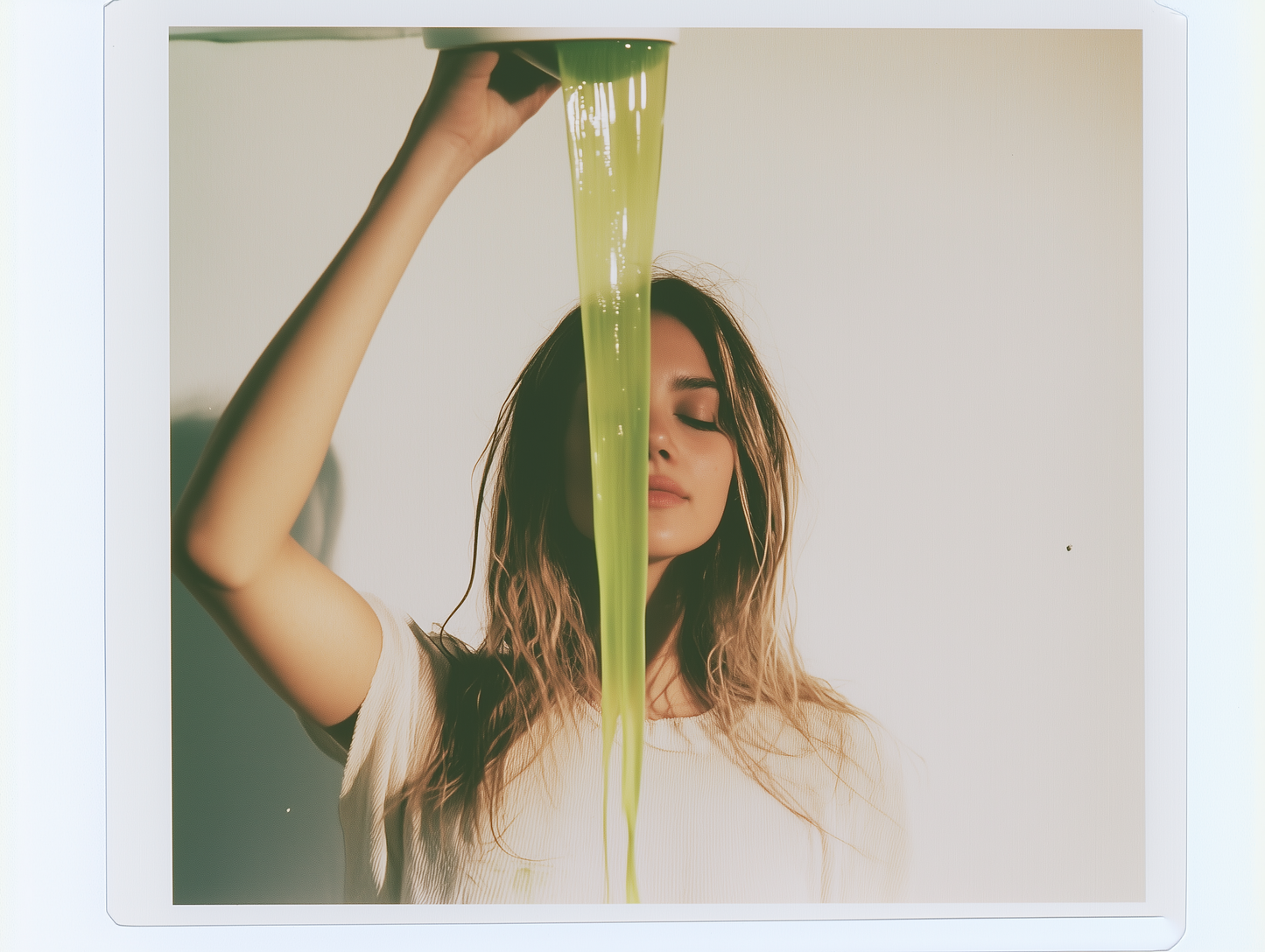
10 Need To Know Matcha Facts
1.
Matcha is made from shade-grown green tea leaves (called tencha) that are stone-ground into a fine powder. Unlike regular green tea, where you steep and discard the leaves, with matcha you consume the whole leaf—fiber, chlorophyll, L-theanine, caffeine, antioxidants, and all.
2.
It’s true: matcha’s global popularity now outpaces demand in Japan. Social media, wellness trends, and Instagrammable lattes have made matcha a global phenomenon, especially in the US and Europe. Meanwhile, traditional matcha consumption in Japan has declined as coffee and other teas gain ground.
3.
Matcha was popularized in Japan through Zen Buddhist rituals and the Japanese tea ceremony (chanoyu). The practice emphasizes mindfulness, respect, and presence—far from a fleeting wellness fad. The ritual of preparing and drinking matcha is centuries old.
4.
Many coffee shop matcha lattes contain:
- 15g+ sugar (sometimes much more)
- Low-grade, bitter, or oxidized matcha
- Dairy or plant milks with added oils, gums, or sweeteners
Unless you control the ingredients, most “matcha lattes” are more dessert than health drink.
5.
Look for:
- : Vibrant, electric green (not olive or brown)
- : Ultra-fine, like talcum powder
- : Smooth, grassy, umami—not bitter
:
- Culinary grade - for cooking and face masks: $15–$30
- Ceremonial grade - for drinking and health: $30–$50+
If it’s under $10 and claims to be “ceremonial,” it’s probably not.
Cafe's use approximately 1.5 to 2 teaspoons of matcha powder for a standard 240 ml latte, and costs range from $6.50 to $15.
Your homemade matcha latte, based on 2g of matcha powder, will range from $2 - $4.
Always check for added sugars, creamers or flavors.
6.
Matcha contains both caffeine and L-theanine, an amino acid that promotes calm focus. This combo gives you alertness without the jitters or energy crash often associated with coffee.
7.
- (no sweetener needed)
- (bamboo whisk) or a milk frother
- (about 175°F/80°C—not boiling)
Optional: Frothed milk of your choice for a latte.
8.
Beyond tea, matcha appears in Japanese sweets, soba noodles, skincare, and even KitKats. It’s associated with antioxidants, metabolism support, and skin health—but benefits depend on quality and how it’s consumed.
9.
Matcha is sensitive to air, light, and heat. Store it sealed, in the fridge if possible, and use within 1–2 months for peak freshness. If it turns dull or brown, it’s lost its magic.
10.
The matcha boom is real, but quality varies wildly. Know your source, read labels, and invest in freshness and authenticity.
Everything in moderation. Including moderation.
Wellness is about mind, body, and spirit—sometimes, a green milkshake, drizzled with strawberry syrup and a puff of cinnamon is exactly what you need.
Cover all your bases and share the moment with a friend #totalhealth = #physical #mental #spiritual #social
Matcha For Maxium Fat burn, anti-inflammatory and calm, focused energy? READ HERE
